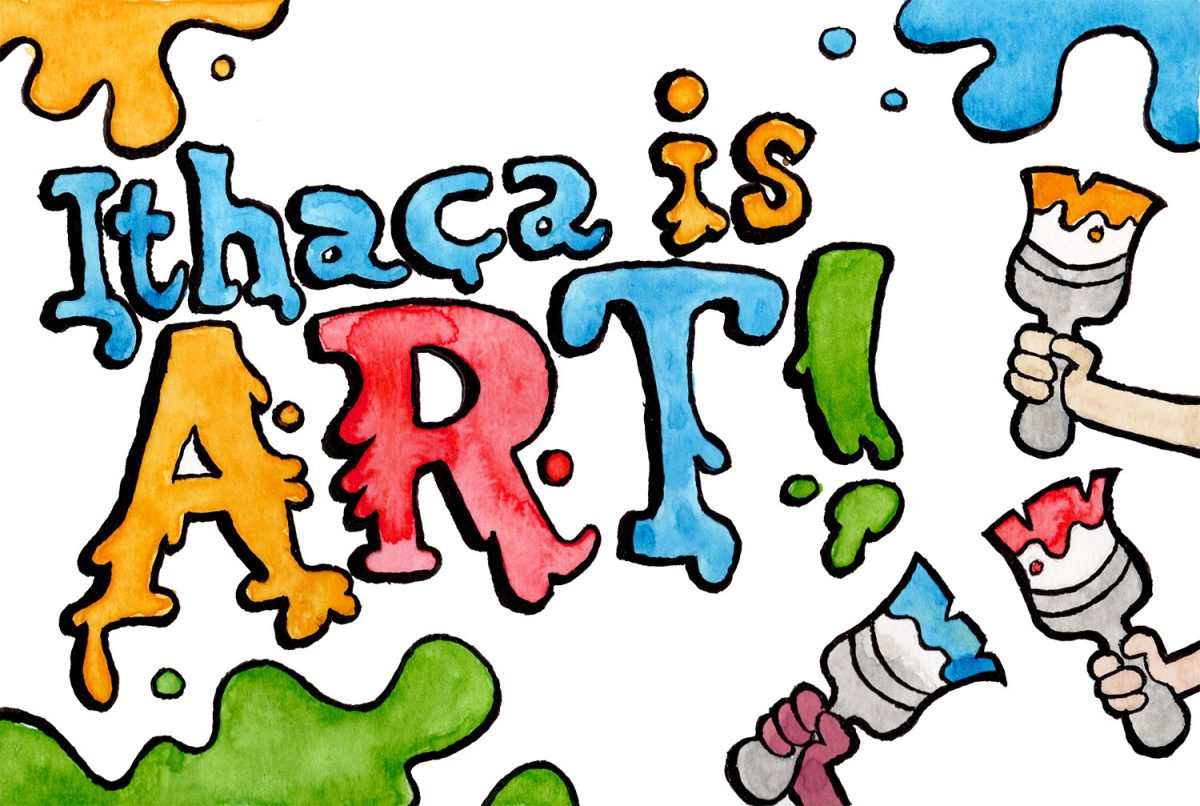When some think of art, they may think of big, prestigious museums or theaters with expensive entry fees and Eurocentric works. While those spaces may serve a purpose in the art world, local artistic spaces are just as, if not more, important, especially when it comes to promoting accessibility in the arts.
In Ithaca, the Cherry Artspace presents some traditional works of theater, while also working with Ithaca Arthaus to establish “art hives,” programs that engage low-middle income community members in an effort to increase accessibility to the arts. The community theater organization Civic Ensemble offers a ReEntry theater program that supports formerly incarcerated or court-involved individuals in the creation of works that reflect their stories and experiences. These types of artistic programs exemplify how everyone should have the ability to make art and express their stories.
In addition to promoting the creation of art, it is important that local art spaces make viewing art accessible. The Johnson Museum of Art at Cornell offers free admission to their vast collection of art from diverse cultures and time periods. Not only does this museum break down the financial barrier to art, but it also reiterates the importance of having diverse bodies of work, featuring exhibits dedicated to Asian artists and Latinx artists. Given that Ithaca is a predominantly white city, this diversity is of particular importance. Art has the ability to open one’s eyes to new perspectives, new history and new ways of thinking, which is needed in a more homogenous community.
By making both the creation and viewing of art more accessible, Ithaca has the potential to become more deeply connected. Art is a form of self-expression, and learning about someone’s unique experience through art has the potential to increase both individual empathy and collective unity. The beauty of art in Ithaca can be seen everywhere, not only in the exhibits or performances themselves, but in the impact they have on the community as a whole.














